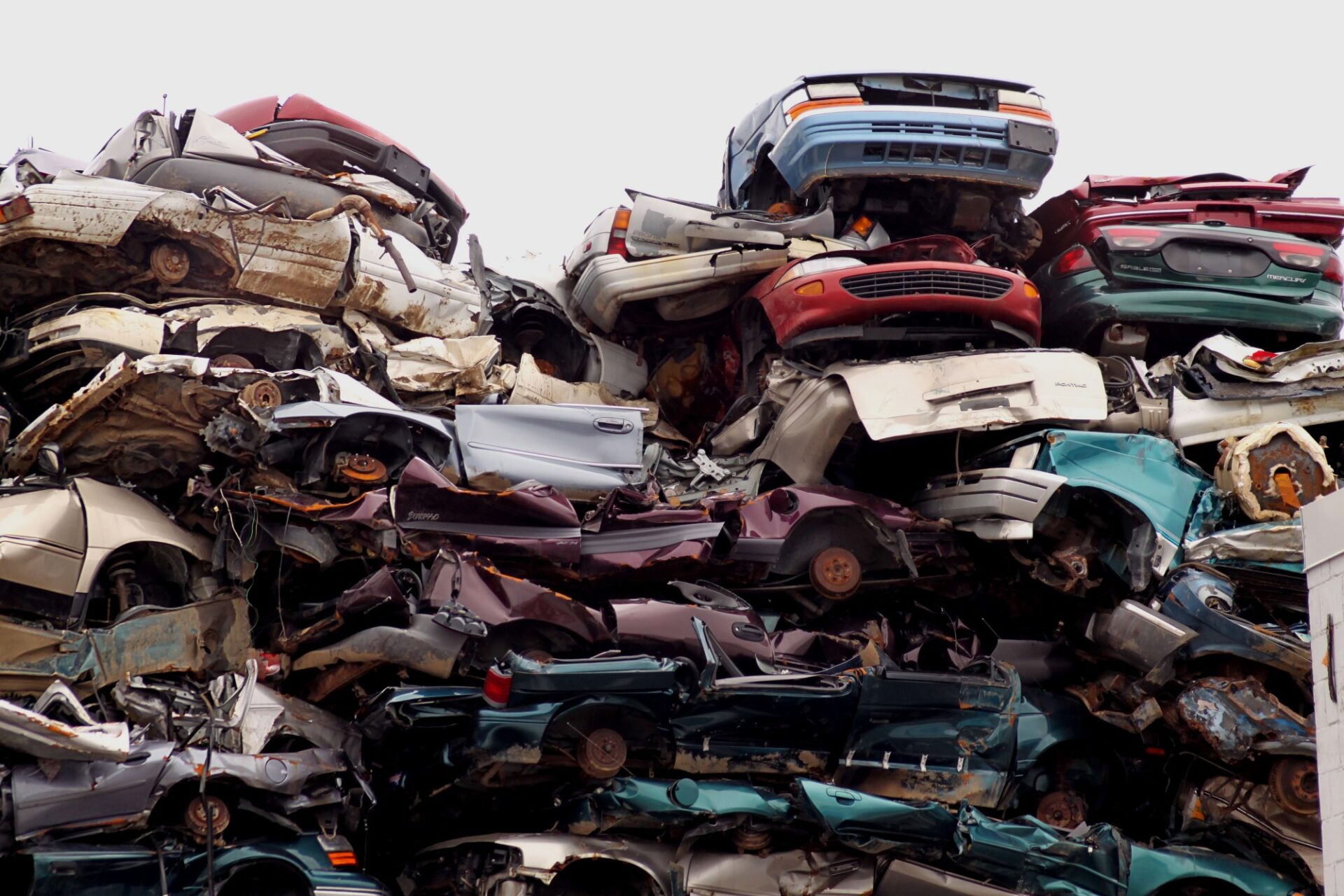Did you know that the auto recycling industry is the 16th largest in the United States? Businesses that recycle cars contribute over $24 billion to the economy each year.
Auto recycling is a fantastic advancement, particularly as awareness about sustainability and the environment grow.
Since cars are the most recycled item in the U.S., are you curious about how exactly the process occurs? Let’s take a more detailed look below.
Recycling vs. Repairing
When cars go out of commission, owners sell the unit to a junkyard or a recycling facility.
Once it reaches car recycling plants, it is inspected in great detail. The aim here is to determine if the car has value or makes more sense to break it down for recycling.
Typically, cars that have reached the junkyard are not deemed profitable. Thus, over 90% of such vehicles remain unrecycled, although the ultimate decision lies with the 24 hour junk car buyer.
What Materials Are Recyclable?
When considering recycling old cars, remember that it is possible to recycle and repurpose 86% of car parts.
For example, the steel metal scraps melt down for reuse in the automobile industry. The plastic used for car tires, interiors, and other elements is also recyclable. They are usually converted into playground surfaces and running tracks.
In addition, the car’s battery is broken down into smaller pieces for more effective recycling. The plastic battery elements get converted to new batteries.
The lead is also used to manufacture new batteries, while the acids and crystals present are used for glass and textile production.
What Happens Next?
Once the valuable materials get extracted from the car for upcycling, it is time to handle the rest of the components.
Some of the auto parts can remain sold to auto-part re-manufacturers. These businesses can utilize the materials to create new car parts.
However, some elements in the car are neither recyclable nor resellable. If the materials or components cannot be recycled, it is time to eliminate them more permanently.
It is typically only the car body that remains at this stage. This body is crushed and shredded until it becomes a flat chunk of metal. It can thus get junked more effectively and permanently.
However, the shredding process doesn’t involve harmful or toxic chemicals or materials. The remaining crushed car chunks will get upcycled for various purposes, such as bridge making, road building, or home reinforcing.
Recycle Cars Today to Contribute Effectively to the Environment
It is fantastic that technology has advanced enough to recycle cars and most automobile materials and fixtures.
Now that you know more about the process, are you planning to recycle your car? Not only can you rest assured knowing you’re doing right by the environment, but you’ll also be getting quick cash for junking your vehicle.
Did you enjoy this article? Find other informative content on a wide range of topics on our site today!

Leave a Reply